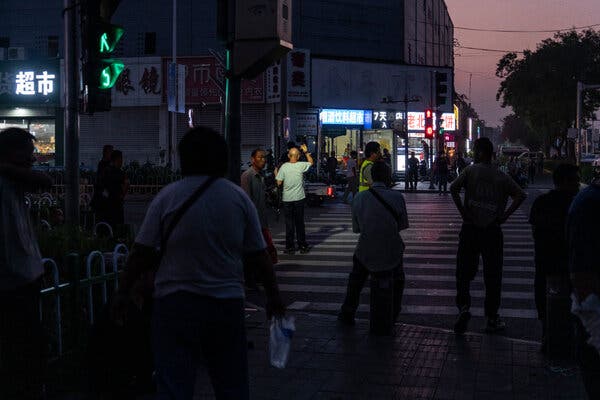At 4 a.m., the usually quiet intersection begins to stir. The glow from all-night breakfast stands illuminates small clusters of mostly men who silently eat steamed buns while waiting.
By around 4:30 a.m., the first light of dawn reveals the reason for the gathering.
Recruiters arrive on electric scooters, calling out daily wages — around 170 to 180 yuan (approximately $25). Early arrivals flock to hear about available jobs such as concrete pouring at construction sites, packaging bottled beverages, or building maintenance. Workers, both men and women, emerge from nearby inexpensive dormitories, swelling the crowd. By sunrise, the intersection in Majuqiao, on Beijing’s southern edge, is filled with hundreds seeking work.
This location represents Beijing’s largest day labor market, where migrants from across the nation converge each morning to find temporary jobs. Those fortunate enough are quickly driven away in minivans, often carrying their own tools like hard hats or cleaning equipment. Those less lucky continue to wait or leave empty-handed. By 8 a.m., the crowd diminishes, their immediate prospects decided.
For decades, scenes like this have been common throughout China, as rural workers have migrated to urban centers, fueling the country’s rapid growth. These markets serve as crucial entry points for newcomers seeking to establish themselves and improve their livelihoods. A popular saying in Beijing encourages those facing hardship to visit Majuqiao.
However, China’s economic momentum is slowing down, and the challenges are mounting beyond what Majuqiao can accommodate.
A faltering real estate sector means fewer construction jobs and lower wages. Factories increasingly prefer younger workers with specialized skills, leaving many older laborers marginalized and struggling to find work.


0 Comments
No comments yet. Be the first to comment!